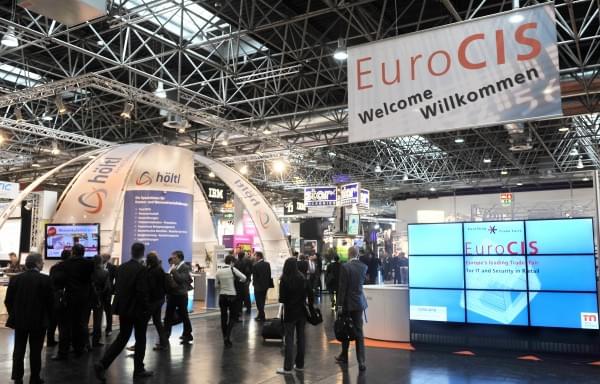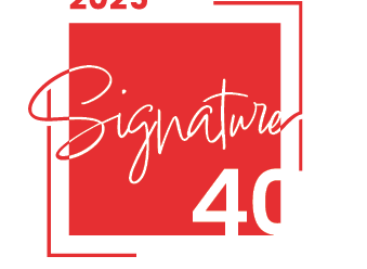Shoplifting costs billions, prevention pays off
Shoplifting is not some force of nature, something can be done about it. Alert staff plus modern technology – only this combination reduces losses. Doing nothing is not an option, because if competitors arm themselves, thieves will go where the risk is lowest. Small speciality stores are often the ones left holding the bag.
There is no specific shoplifter type. While some customers steal because they are in personal financial distress, there is also the well-off person, who specifically targets valuable branded goods. Organized theft by two or more offenders is increasing as is merchandise theft in front of the store. Retailers in Germany spend over five billion Euros on stolen goods and theft prevention each year, according to the EHI, a research facility in Cologne, Germany.
The British Centre for Retail Research in Nottingham, calculated similar numbers in its yearly poll of the largest commercial enterprises. Based on it, theft accounts for 1.17% of trading turnover. Worldwide, retail is set back € 84 billions by merchandise losses. In times of economic crisis, thieves strike more often: “A third of this increase in shoplifting, the polled retailers attribute to the economy,“ explains Professor Joshua Bamfield, Director of the British Institute and author of this study. Not just worldwide, but especially in Germany and Europe the growth rate rose to a new record high since the start of the study in 2001.
Staff and customers as offenders
According to Bamfield, the main cause for merchandise loss is shoplifting: 53.6 percent are attributed to customers, 25.7 percent of goods disappear because of dishonest employees. The remainder is caused by internal errors (15.3 percent) and vendors (5.4 percent). While goods stolen by customers on average cost €94 per offense, dishonest employees struck 20 times higher at an average of €1.858.
Theft by in-house employees is a delicate subject. You do not want to engender any mistrust, but surveys show that particularly employees who have been with their company longer than five years, are disproportionately highly involved in offenses. This group knows the business very well and knows all the controlling loop holes. “Trust is good, control is better,” you would think. It might be better to strengthen team spirit, because motivated employees cheat less.
Taking a look at their own habits, many retailers admit they rarely get suspicious of customers. That is how customers can disappear with many clothing items into fitting rooms without any objections. If you keep talking with your customer, you signal to them: “You are not alone.” Admittedly, often there is not enough staff in the store to keep an eye on everything. That is all the more reason to depend on technology or external detectives.
Quelle: Avery Dennison
Security measures for different products
One means of security are display cabinets, but here the customer can not touch the item.
Products in locking boxes with shelf brackets are freely accessible, but they take up a lot of room on the rack. There are lacing systems, which are outfitted with safety locks. Electronic security leashes such as GPS navigational devices or pulsing monitors, are suited for expensive products, which the customer can touch and try. An alarm signal sounds off, once somebody cuts through the leash. Some security leashes also go off at the electronic exit gate. The leash keeps merchandise on the floor and supplies electrical equipment with power. A small central processing unit controls up to 10 satellites with 5 channels each – or 50 items – up to a 110 yard distance. Security leashes also work with large objects like bicycles or sport equipment, located outside the store and unsupervised.
Especially when it comes to clothing articles, security systems cannot be perceived as an obstacle by the consumer. Hard tags, which are often used in retail, can be annoying when you try on clothes. Hard tags can also damage goods and can detract from the look of the sales floor. The selection of elastic labels is increasing. Hard tags are also available with security ink. If the thief removes the label, the merchandise is soaked with indelible ink. Even after a longer period of time, the ink does not dry on the security label.
Cameras discourage and keep records
Deterrence is a great method of prevention. This includes visible camera equipment, security labels and signs that inform about legal consequences. High resolution cameras should be able to view all important areas and provide detailed documentation of all incidents- not just inside the store, but also at the receiving dock and at the warehouse. A person can be positively identified and theft or muggings conclusively documented. It is also possible to link check-out data and video image. Some time ago, Lidl and other food store chains however made the headlines, because they secretly spied on their check-out staff with cameras. Stakeouts are only allowed, if employees have been informed about the technology beforehand, restrooms are of course off-limits.
Related news
Related news
Signature 40 – the region’s new common language: An interview with founders Márton Nagy and Ádám Vaszary on the new dimension of the Signature Platform in 2026
🎧 Hallgasd a cikket: Lejátszás Szünet Folytatás Leállítás Nyelv: Auto…
Read more >Superbrands celebrated again in 2025
🎧 Hallgasd a cikket: Lejátszás Szünet Folytatás Leállítás Nyelv: Auto…
Read more >(HU) Karácsonyi tv-reklámok 2025 – indul a közönségdíj szavazás
🎧 Hallgasd a cikket: Lejátszás Szünet Folytatás Leállítás Nyelv: Auto…
Read more >




